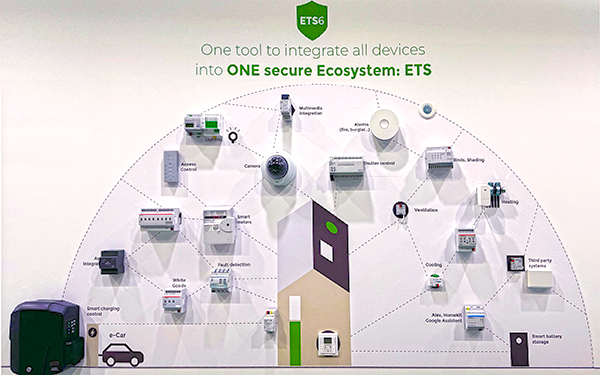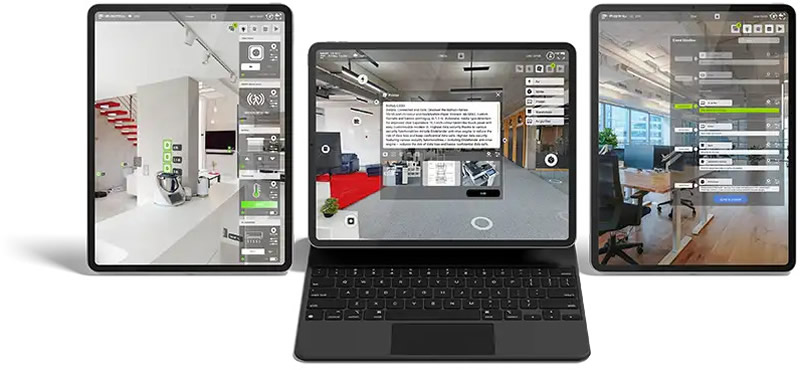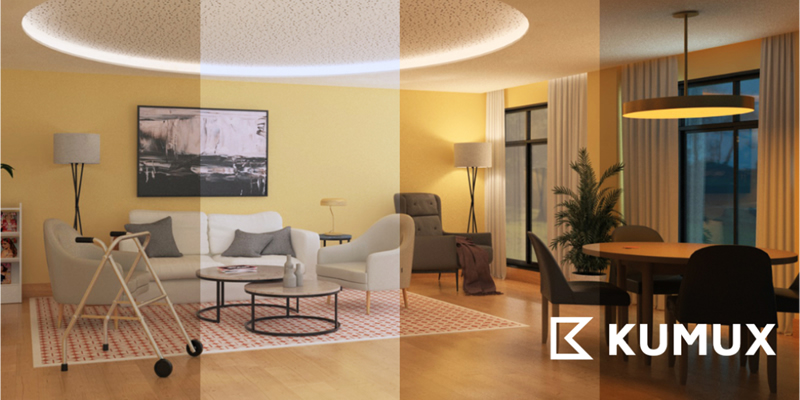
Jesus Arias takes a look at how the significant expansion of KNX IoT opens up new avenues for innovation, collaboration, and market growth.
The extension of KNX IoT marks a significant evolution in the landscape of home and building automation technology, and solidifies KNX’s position as the largest ecosystem in the industry, offering unparalleled opportunities for innovation and development. The core values of KNX are also retained, including the use of the ETS software for design and commissioning, and interoperability at the application level, while opening up new possibilities by embracing IPv6-based developments instead of relying solely on KNX TP or KNX RF physical layers.

The native security features built into KNX over IP mark a significant milestone in safeguarding the integrity and confidentiality of KNX-based solutions. These security measures lay the groundwork for a robust security framework, which is further complemented by the already existing security specifications, such as KNX Data Secure and KNX IP Secure. Together these mechanisms operate seamlessly at both the design and commissioning stages, providing comprehensive encryption at runtime. This holistic security approach exemplifies KNX’s unwavering commitment to delivering the highest level of security across devices and solutions. With security-by-design ingrained in the new IoT extension, KNX establishes a new benchmark for security in the smart homes and buildings sector, instilling confidence in users and stakeholders alike.
From the device development perspective, one of the most noteworthy aspects of this extension is the introduction of a free and open-source stack by the KNX Association. This stack can be ported onto any IPv6-based platform, enabling the development of KNX IoT devices with greater flexibility and accessibility than ever before. Additionally, we are already witnessing the emergence of the first system component providers, for example Cascoda and Nordic Semiconductor, who are integrating KNX IoT into their development platforms. By doing so, device manufacturers can leverage these scalable and cost-effective solutions to bring KNX IoT devices to market in the fastest way possible. Looking ahead, the outlook for the upcoming months is promising, with more system component providers expected to join this revolution, further accelerating the proliferation of KNX IoT devices across the industry.
Furthermore, with the introduction of the new KNX Information Model and the standardisation of an API known as the KNX IoT API Server, we can expect to see a proliferation of new applications and services. Early adopters like Simlab with their Digital Twin solution, and Kumux with their Human Centric Lighting service, are already paving the way for innovative applications within the KNX ecosystem.


One undeniable outcome of this extension is the increased prevalence of wireless KNX devices. This trend will unlock new opportunities for system integrators, particularly in retrofitting scenarios, where the ease of installation offered by wireless devices can lead to more lucrative projects and improved cash flow. Another undeniable outcome of this extension is that KNX becomes IP native, with IP infrastructure seamlessly integrated into the DNA of KNX. The KNX community has been eagerly anticipating this long-awaited feature, and it represents a significant milestone in the evolution of the technology. The support of industry leaders like HPE Aruba in this regard is crucial for the success of KNX over IP, as it confirms the viability and importance of this transition for the broader industry. With IP infrastructure now an inherent part of KNX, the possibilities for interoperability, scalability, and innovation are boundless.
In conclusion, the KNX IoT ecosystem extension represents a significant leap forward for KNX technology, opening up new avenues for innovation, collaboration, and market growth. As the ecosystem continues to evolve, we can anticipate a future where KNX plays an even more integral role in shaping the future of smart homes and buildings.
Jesus Arias is responsible for Membership & Business Development, KNX Association.












